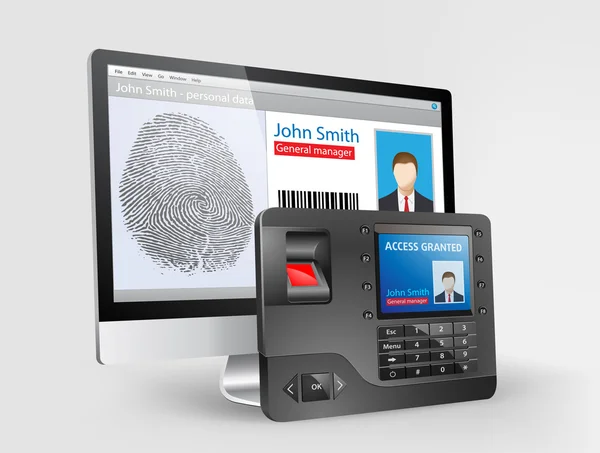In an era where global mobility is more accessible than ever, passport scans have become an indispensable tool for enhancing travel security and efficiency. The process of scanning passports or passport scan has evolved significantly, offering a blend of speed, accuracy, and advanced security features that are transforming the travel experience.
The journey begins when a traveler presents their passport to a scanning device, which reads the machine-readable zone (MRZ) located on the passport’s data page. This zone contains essential information, including the traveler’s name, passport number, and date of birth. The scanner uses optical character recognition (OCR) to decode this information and verify it against international security databases.
One of the primary benefits of passport scanning technology is its ability to streamline the border control process. Automated systems can process large volumes of passengers quickly and accurately, significantly reducing wait times and minimizing the potential for human error. This efficiency is particularly crucial during busy travel periods, such as holiday seasons or major global events, where the number of travelers can be overwhelming.
Additionally, passport scanning enhances security by providing a robust mechanism for verifying the authenticity of passports and the identity of travelers. Modern scanning systems are equipped with sophisticated algorithms that can detect alterations or forgeries in passport documents. When integrated with biometric technologies, such as facial recognition or iris scanning, passport scanning systems offer a multi-layered approach to security. This combination ensures that the individual presenting the passport is indeed the legitimate holder, thereby reducing the risk of identity fraud and enhancing overall border security.
As technology continues to advance, so too do the capabilities of passport scanning systems. Recent innovations include high-resolution scanners that capture detailed images of passport features, such as holograms and microprints. These features are crucial for detecting counterfeit documents and ensuring the integrity of the passport verification process. Furthermore, the integration of real-time data analytics allows for immediate cross-referencing with global watchlists, providing an added layer of security.
The future of passport scanning is likely to be shaped by emerging technologies such as artificial intelligence and blockchain. AI can enhance the system’s ability to identify anomalies and adapt to evolving threats, while blockchain technology could provide a secure and tamper-proof method for managing and verifying travel documents. These advancements will further improve the efficiency and security of the passport scanning process.
In conclusion, passport scans are revolutionizing the way we approach travel security and efficiency. By automating the verification process and integrating advanced technologies, passport scanning systems are making international travel more secure and streamlined, paving the way for a future where border control is both efficient and secure.





